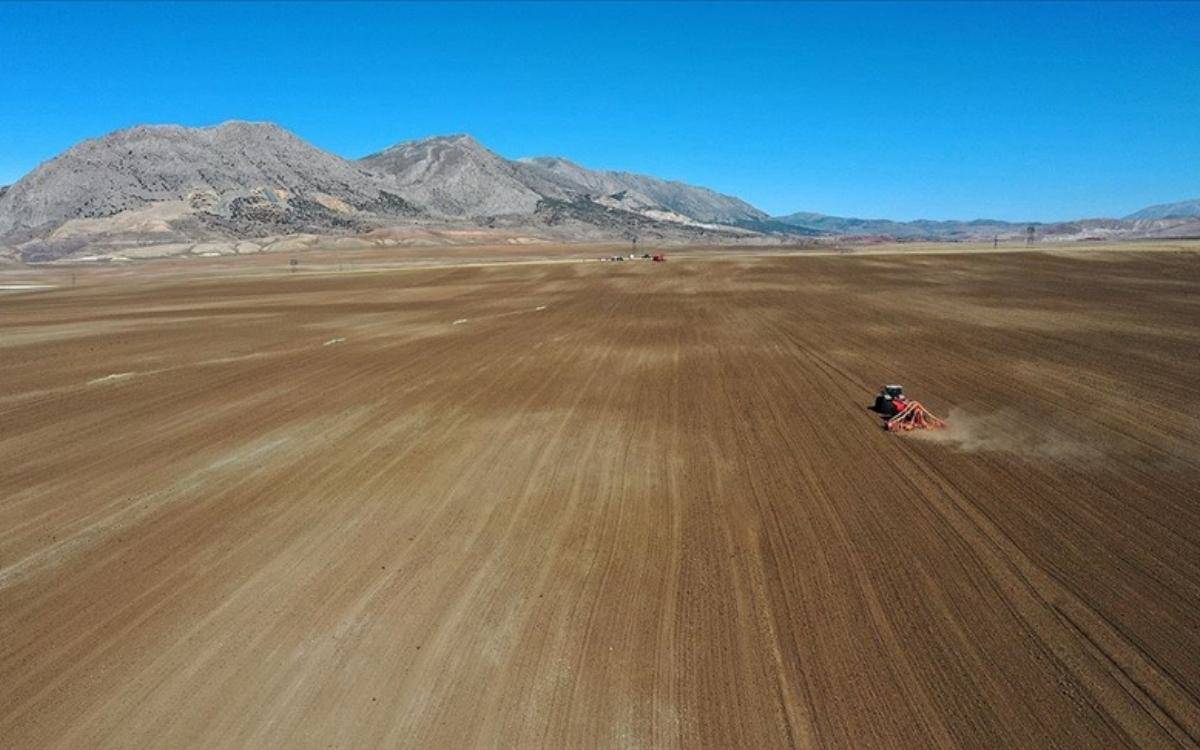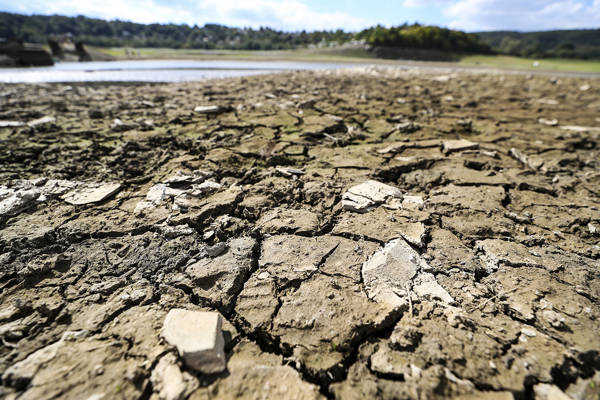A recent study aimed at identifying areas in Turkey that could be affected by the climate crisis in the near and distant future predicts that the most adverse changes will occur in the Mediterranean, Eastern Anatolia, and Southeastern Anatolia regions.
The study, which examines the near (2024-2049), mid-term (2049-2074), and distant (2074-2099) future, is based on the pessimistic scenario (RCP 8.5) where greenhouse gas emissions contributing to climate change remain unmitigated. According to the research, the "hotspots" in Turkey will be the Mediterranean, Eastern Anatolia, and Southeastern Anatolia regions.
Initially described as "regions sensitive to global warming," these "hotspots" are now defined as areas that are both more vulnerable and where human security is at risk or may become at risk.
The results indicate that noticeable temperature increases will occur in Southeastern Anatolia and Eastern Anatolia in the near, mid-term, and distant future. It is projected that rainfall will decrease significantly in the Mediterranean and Aegean regions. Furthermore, it is expected that extremely hot years will become more common in Marmara, Aegean, Western Anatolia, and the Mediterranean. The Marmara Region is expected to be particularly affected by climate change due to its high population density.
Increasing water stress
On a global scale, it is expected that the temperature rise in the Mediterranean Basin, which includes Turkey, will be higher than the global temperature increase. Predictions for the Basin suggest significant reductions in rainfall by the end of the century. The study warns that the resulting water stress could lead to conflicts and migration.
Globally, different regions are expected to be affected by the climate crisis at varying levels of risk. Increasing average temperatures, fluctuations in rainfall, extreme climate events such as floods, droughts, and forest fires, are all anticipated to become more destructive over the next century.
The Mediterranean Basin, where Turkey is located, is situated between the arid climate of North Africa and the mild and rainy climate of Central Europe. Therefore, the climate system in this region is highly susceptible to even minor changes.
Scientific studies indicate that the temperature increase in the Mediterranean Basin will be higher than the global temperature rise, and the increasing trend of drought in the region over the past century is particularly noteworthy. It is expected that the Basin will have even hotter and drier climate conditions in the future.
A decrease in rainfall expected by the end of the century
In the distant future (2074-2099), it is expected that rainfall will decrease throughout Turkey, and average temperatures will significantly rise. However, in addition to the general trend of reduced rainfall, there is an anticipation of an increase in the intensity, frequency, and impact areas of extreme rainfall events in different regions, primarily Eastern Black Sea and Southwest Marmara.
The regions of Central Anatolia, Eastern Anatolia, and Southeastern Anatolia contain highly continental lands with a high tendency for desertification. As a result, the Southeastern Anatolia Region, which is highly dependent on the agricultural sector, is expected to be more affected by climate change in terms of agricultural production and water resources.
The Climate Desk is a news service that aims to disseminate reliable information about the climate crisis to the public. Its authors include experts in the subjects they report on, including scientists.
(TY/VK)







